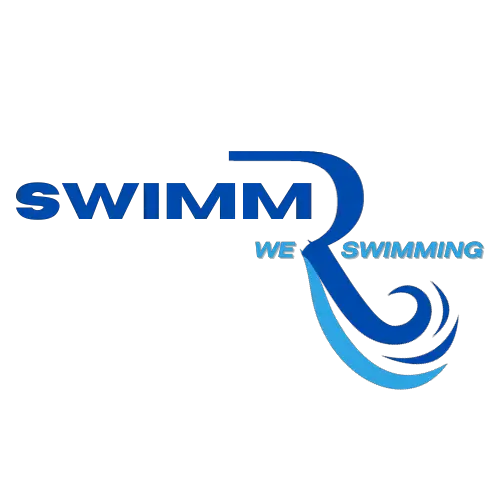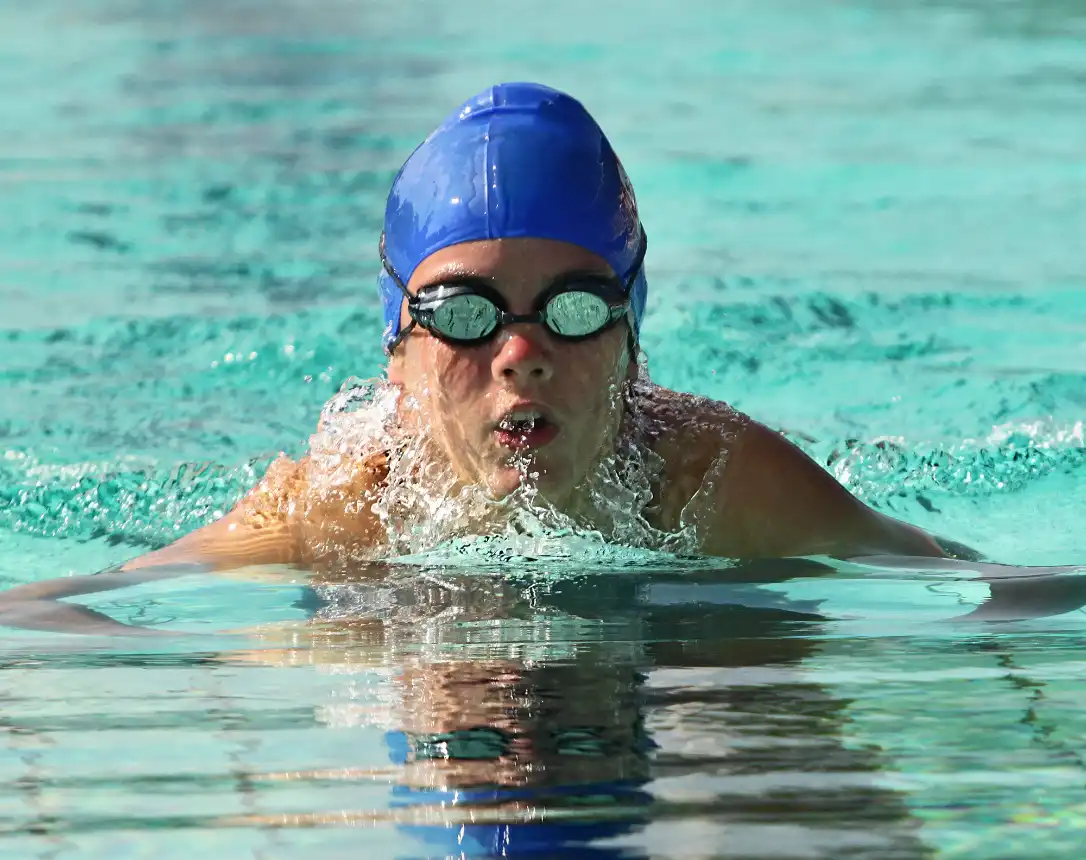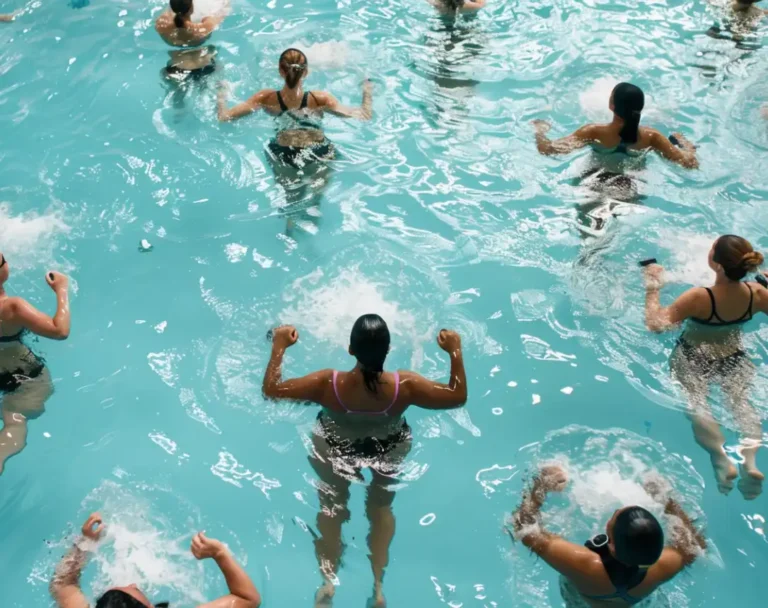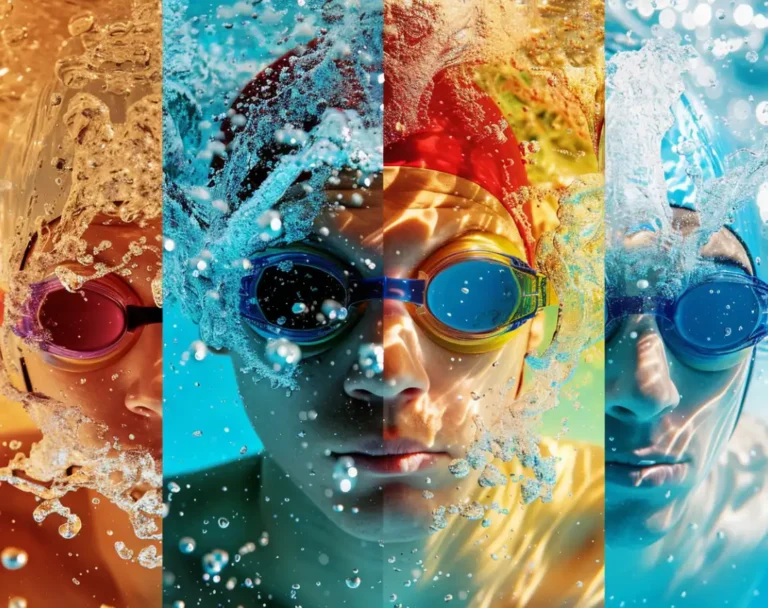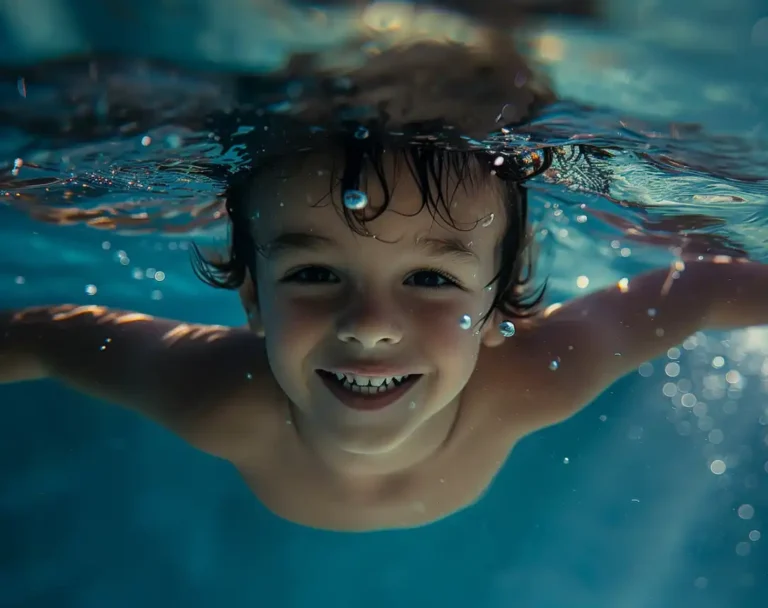When I began swimming in my youth, the idea of cardio exercise was entirely unfamiliar to me and far from my primary concern. Looking back from my current standpoint, I realize those numerous training sessions each week were truly a blast of cardiovascular exercise. Today, my weekly regimen is significantly lighter, but my appreciation for swimming as an effective form of cardio has only grown, and I’m confident you’ll agree.
Benefits of Swimming as Cardio Exercise
When I dive into the pool for a cardio workout, I don’t just expect to get my heart racing; I’m also looking forward to a whole host of benefits that swimming brings! First up, it’s a fantastic way to burn calories. Whether I’m doing a leisurely breaststroke or powering through laps, I’m efficiently torching those calories. For instance, swimming at a moderately fast pace can burn a comparable amount of calories to running, and it’s much more fun!
- Low-impact exercise: One of the biggest draws for me is how gentle swimming is on the joints. Unlike high-impact activities, swimming lets me push myself without the worry of injury, making it ideal for all ages and fitness levels.
- Full-body workout: Every stroke I take works out multiple muscle groups—from my shoulders down to my calves—ensuring a balanced and comprehensive workout.
- Boosts cardiovascular health: Consistent swimming workouts are associated with lower risks of heart-related conditions. Improved heart health is a given with regular swimming sessions, as it significantly elevates my heart rate for beneficial cardio conditioning.
Swimming is truly the ultimate cardiovascular workout. The resistance of water makes my heart and lungs work harder, efficiently enhancing my overall cardiovascular strength. I love how this exercise builds endurance and stamina while being a blast! Plus, it’s incredibly versatile; I can vary my swimming workouts to keep things exciting.
For anyone looking to switch up their cardio routine, swimming offers a refreshing and invigorating option. The sense of weightlessness and the cool water against my skin is exhilarating; it feels like a dance, only wetter! I’m always amazed at the workout I can get in the pool; it leaves me both energized and relaxed—now that’s a win-win in my book!
Understanding Cardiovascular Fitness
I’m thrilled to talk about how cardiovascular fitness is a critical component of overall health, especially when considering activities like swimming. Let’s dive into the heart of this exciting topic!
How Cardio Works in the Body
Cardiovascular exercise gets my heart rate up and improves blood circulation throughout my body. During cardio, the heart works harder to pump blood, delivering oxygen and nutrients to my muscles and organs. This process strengthens my heart and vascular system, contributing to enduring health benefits. Regular cardio workouts can also help reduce the risk of heart disease.
Comparing Swimming to Other Cardio Exercises
When I swim, my whole body gets into the action, making it an efficient form of cardiovascular exercise. Unlike running or cycling, where I might focus more on my legs, swimming ensures that both my upper and lower body are engaged. It’s a full-body workout! Studies indicate that for similar levels of heart rate and oxygen consumption, the cardiovascular benefits from swimming are comparable to running, making it an excellent option for those looking for an effective cardio workout.
Swimming Techniques for Maximum Cardio Benefit
When I hit the pool, I always aim for techniques that maximize my cardio benefits. Here are some strategies I use to make sure my heart rate is up and my energy is soaring.
Freestyle Stroke for Endurance
I find that the freestyle stroke is the powerhouse of swimming techniques for enhancing cardio endurance. Here’s how I optimize my freestyle for cardio:
- Consistent Breathing: I breathe every three strokes to keep my oxygen flow steady and to maintain endurance.
- Prolonged Sessions: I swim longer distances at a steady pace, aiming to maintain the same speed from start to finish.
- Resistance training: Using my swim training pull buoy to block my arms or legs intense my exertion.
By sticking to these simple points, I ensure that my freestyle stroke is not just about speed but also about building my stamina.
Interval Training in the Pool
For interval training, I switch up my intensity in the pool, which is superb for cardiovascular fitness. Here’s the routine I swear by:
- Warm-Up: 5 minutes of easy swimming to prep my muscles.
- High-Intensity: 1 minute of fast, intense swimming at full effort.
- Rest: 2 minutes of slow, relaxed swimming or floating to recover.
I repeat this high-intensity and rest cycle for about 20 to 30 minutes. The variety in speed does wonders for my heart rate and keeps me engaged.
Designing a Cardio Swimming Workout Plan
When I create my cardio swimming workout plan, I focus on variety and balanced intensities while ensuring adequate rest and recovery.
Creating a Balanced Swim Routine
I always start my workout plan by setting specific goals for each session. For example, I might dedicate Mondays to endurance with a long-distance swim, ensuring I cover a larger mileage at a steady pace. On Wednesdays, I might work on sprints and high-intensity intervals, which are great for building cardiovascular strength and can be completed in about an hour. To keep things interesting, I throw in a fun set on Fridays, using different strokes and drills.
My Typical Week:
- Monday: Long-Distance Endurance (Freestyle)
- Wednesday: High-Intensity Interval Training (HIIT) – Sprints
- Friday: Mixed Stroke Drills – Variety Day
Incorporating Rest and Recovery
Rest and recovery are non-negotiable in my swim plan. I reserve at least one complete rest day in the week to allow my muscles to repair and grow stronger. I’ve found that swimming can be particularly beneficial for recovery due to its low-impact nature, as mentioned on Live Science. After intense workouts, I might include a light swim or active recovery day focusing on gentle laps and stretching in the pool. This helps increase circulation, reduce muscle soreness, and prepare my body for the next challenge.
Challenges and Considerations for Swim Training

Swim training can be an excellent cardiovascular workout, but it comes with its own set of challenges. It’s important to consider these hurdles and learn how to adapt your workouts to fit your personal fitness level.
Overcoming Common Obstacles
Access to a Pool: One major challenge I face is finding regular access to a pool. Depending on where you live, this can require membership to a gym or local swimming club. Seasonal weather can also limit when you can swim outdoors.
Technique: Proper swimming technique is crucial. Without it, you might expend too much energy or even risk injury. For beginners, it’s beneficial to take lessons or consult resources on proper form from credible sources like U.S. Masters Swimming.
Endurance: Building up the stamina needed for lengthy swim sessions takes time. I’ll start with shorter distances, gradually increasing as my endurance improves. Paying attention to balanced training that includes both sprint and distance work is key to my progression.
Adapting Workouts for Different Fitness Levels
Beginner Modifications: If I’m new to swimming, I’ll focus on mastering the basics. This means practicing breathing techniques and using flotation devices if necessary. My workouts might involve one swimming style until I become comfortable and ready to try other strokes.
Intermediate Adjustments: As my skill level advances, I can increase the intensity of my workouts. This includes incorporating different strokes, interval training, and using equipment like fins or paddles.
Advanced Techniques: At a more advanced stage, I aim for personalized coaching to refine my technique and optimize my workouts. Engaging in programs that challenge my cardiovascular strength and endurance helps me continue to improve and push my limits.
Tracking Progress and Setting Goals
When I dive into the pool, I’m not just swimming; I’m on a mission to improve my cardio and overall health. To keep my motivation high, I track my progress and set precise targets. It’s thrilling to see my improvements over time!
Here’s what I focus on:
- Lap Splits: Knowing my speed for specific distances helps me set benchmarks. I aim for consistent improvement, whether it’s shaving seconds off my 25-yard lap time or pacing myself better.
- Heart Rate: Monitoring my heart rate during swims gives me a clear picture of my cardiovascular health and how to tweak my routine for optimum results.
- Goal Specificity: I make my goals super clear. For instance, instead of just saying “I want to swim faster,” I set a specific time to achieve in my favorite stroke.
Keeping a log helps too. Each swim session, I jot down:
- Total distance swam
- Number of laps
- Resting and active heart rate
- Time per lap
To keep the excitement alive, I celebrate small victories. Each goal met, no matter how minor, is a step toward a healthier heart and a fitter me. I can’t wait to get back in the pool and push my limits. It’s not just about swimming — it’s about bettering myself one stroke at a time!
Community and Support for Swimmers

Swimming isn’t just an incredible cardio workout; it’s also a sport with a vibrant community! From my very first lap in the pool, I was welcomed by smiling faces. Here’s why the swimming community is such a gem:
- Diversity: Whether you’re a morning lane swimmer or an open water enthusiast, there’s a place for you in the swimming world. Each sub-community offers unique support and camaraderie.
- Masters Swimming Groups: I’ve found great joy in joining a U.S. Masters Swimming group. They offer structured workouts, which are not only excellent for improving cardiovascular strength but also a fantastic way to meet fellow swim fans.
- Online Forums & Social Media: There’s a wealth of online resources where I can connect with swimmers from around the globe. We share tips, celebrate personal bests, and offer encouragement on tough days.
- Local Swim Clubs: My local swim club has been a cornerstone of my training. They often organize events and provide forums to discuss techniques and fitness goals.
Here’s a quick list of support resources I’ve utilized:
- Coaching: Personalized feedback to refine my strokes.
- Swim Clinics: Intensive sessions to level up my skills.
- Community Pools: Regular meets bringing enthusiasts together.
The excitement in the swimming community is palpable. Everyone is there to boost each other, sharing in the successes and offering a helping hand—or flipper—when you need it. I can’t overstate how much this sense of community has improved my swimming experience!
FAQ
Is swimming a good cardio exercise for overall fitness?
Yes, swimming is an excellent cardio exercise that enhances overall fitness by engaging multiple muscle groups.
How does swimming compare to other cardio exercises in terms of effectiveness?
Swimming is considered highly effective, offering a full-body workout with low impact on joints, making it suitable for various fitness levels.
Can swimming help with weight loss and body fat reduction?
Absolutely, swimming contributes to weight loss and body fat reduction by burning calories and improving overall physical conditioning.
What are the recommended swim durations for cardiovascular benefits?
For optimal cardiovascular benefits, aim for around 150 minutes of swimming per week, allowing flexibility in session length and frequency.
Is swimming suitable for individuals with joint problems or arthritis?
Answer:
Answer: Yes, due to its low-impact nature, swimming is often recommended for individuals with joint problems or arthritis, promoting cardiovascular health without excessive strain.
Your opinion matters! If our blog post on “Is swimming a good cardio” sparked any thoughts or reflections, share them with us in the comments below.
